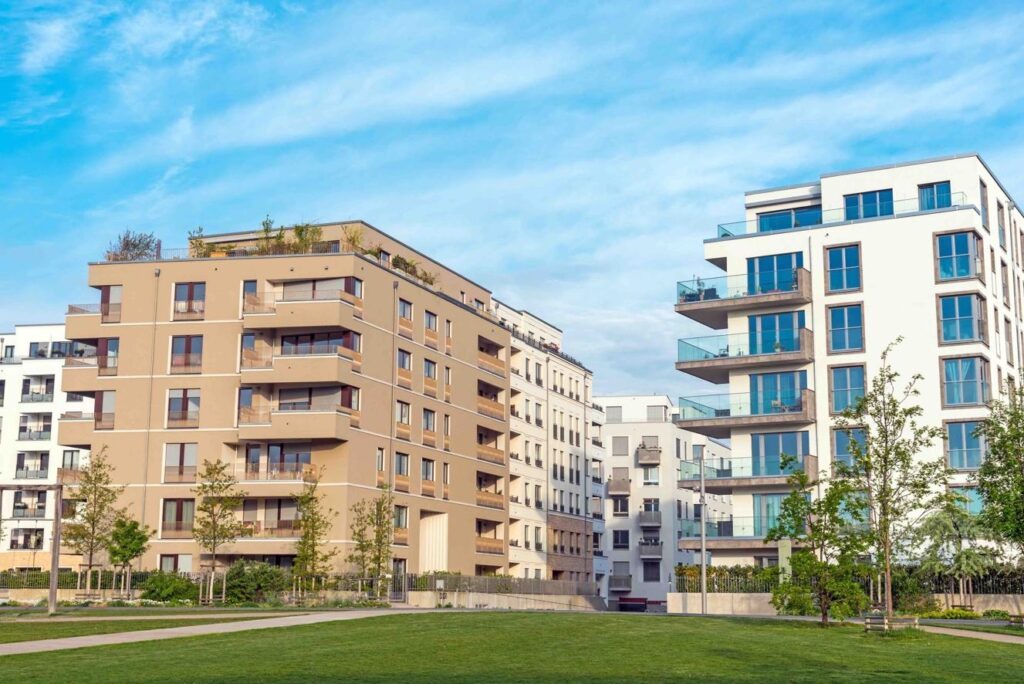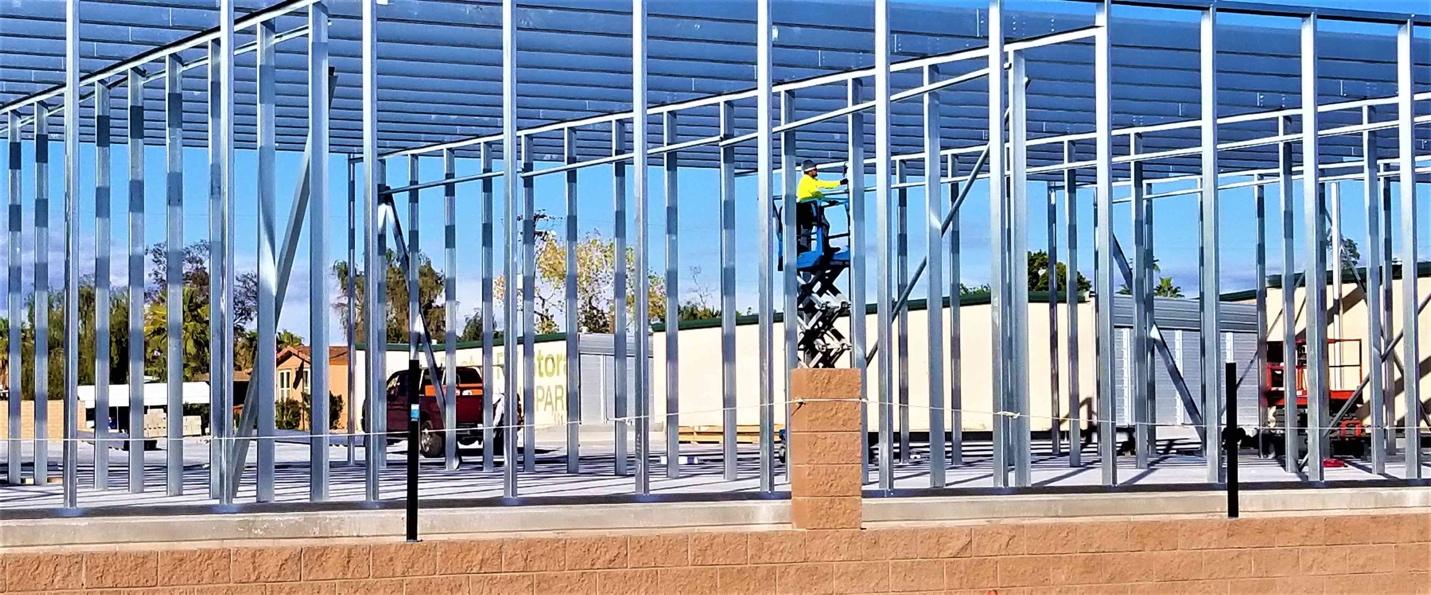We live in uncertain times – rising inflation, wars, a global pandemic, stock market volatility, you name it! It’s hardly surprising that investors are nervous and scrutinizing their portfolios for the best hedge against market volatility and inflation. As investors and fund managers search for alternatives, commercial real estate (CRE) continues to offer an excellent inflation hedge. The consensus from numerous major investment firms is that this is an asset class that is bouncing back strongly from the pandemic.
“Even during the… pandemic scenario of 2020, the commercial real estate market was among the few investments that remained rather insulated from the volatility of the market and started on a recovery path much sooner. These quick recovery times… are the major reason why investors make a beeline for CRE assets.” Sudarshan Lodha (Ed: Armaan Joshi), Forbes Advisor, December 17, 2021.
While the article quoted above focuses mainly on India, the statement is no less true for the North American market. Favorable conditions for the continued success of CRE as an asset class that will perform well during uncertain times include:
Ease of Access to Credit
Non-traditional lending makes it easier to get fast access to investment loans, without many of the obstacles encountered with traditional banks. Private lenders can offer investors quick closings for short-term loans and are particularly popular with those who would not readily qualify through more traditional routes, for a variety of reasons.
Availability of Capital
Beth Mattson-Teig, WealthManagement.com, refers to capital “pouring” into private equity real estate funds, with over $150 billion being raised in the first ten months of 2021 alone. This suggests a strong outlook for CRE funds combined with ease of borrowing.
Matt Carrigan, Dealpath.com, mentions commercial sales transactions exceeding $809 billion in 2021, with prices increasing by an average of 24.4%. Real estate debt funds are experiencing an influx of non-bank capital.
Strong Market Demand in Many Sectors
- Office buildings
Despite rumors to the contrary, there is still a requirement for office buildings, although – to accommodate a hybrid working scenario – there will be more demand for office spaces that provide flexibility regarding the use of space and attractive benefits for employees that will justify the commute. Increased amenities, and upgrades to ventilation systems, will be just some of the requirements if employees are tempted back, even part-time. Forbes Finance Council Member Dan Rosenbloom predicts occupancy rates and rent growth stabilizing this year.
2. Multi-family housing units

Buying multi-family units instead of single-family homes allows investors to benefit from economies of scale and enjoy steady appreciation and regular rental income. Demand will differ between cities, with smaller cities such as Tampa, Phoenix, or Austin, showing growth at the expense of larger conurbations. Demand for housing grows in areas where jobs are increasing; however, affordability will continue to be an issue. Therefore, housing that provides for mixed-income tenants will likely be a safer bet.
“Across the U.S., there isn’t enough workforce housing, which is designated for middle-class households, including those of teachers and firefighters.”
Al Brooks, JPMorgan.com, January 21, 2022
Developments that offer a variety of multi-family housing units and stores, leisure facilities, and shared outdoor space may be particularly attractive to middle-income tenants.
3. Retail
The pandemic-related move to e-commerce hit traditional retail hard, but this market is far from dead. Many still prefer to shop in person, and this sector should see continued growth as customers regain confidence in shopping in bricks-and-mortar stores. Mixed-use retail with individual stores sharing complexes with restaurants, banks, and medical facilities will likely see continuing popular demand.
4. Industrial
While customers may enjoy returning to bricks-and-mortar stores, the massive surge in e-commerce during the pandemic is not likely to significantly diminish any time soon. As a result, warehousing and storage space will continue to experience high demand and offer good ROI for investors.
Investors in CRE benefit from stable tenancies, high occupancy rates, and the ability – within legal limits – to increase their rental income in the future. At the same time, they can realize steady appreciation as their portfolio grows. As an asset class, CRE offers protection against the effects of rapid inflation together with a regular income stream and capital growth, which means that the outlook for 2022 and beyond remains positive.

